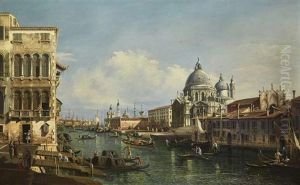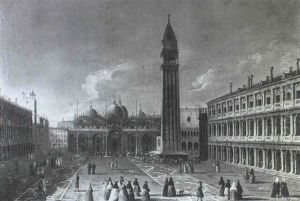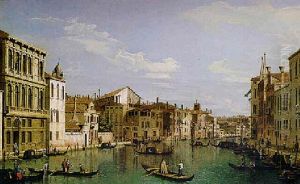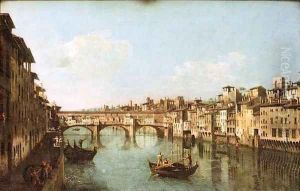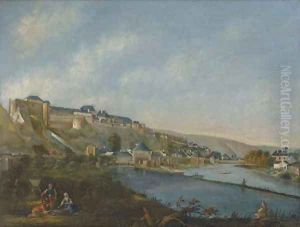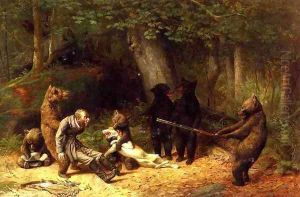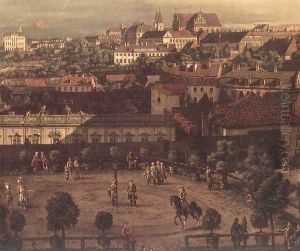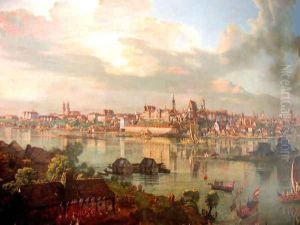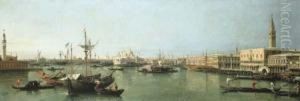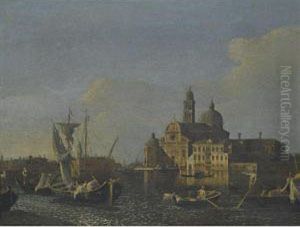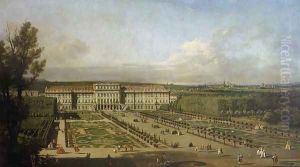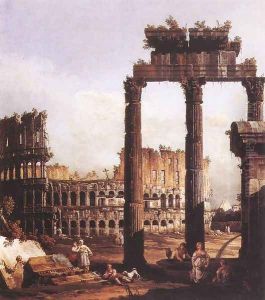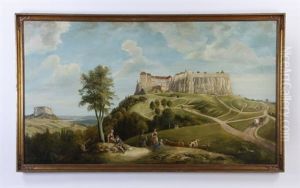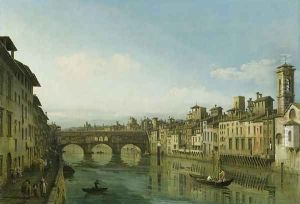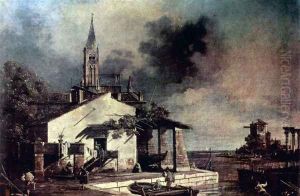Bernardo Bellotto Paintings
Bernardo Bellotto was an Italian urban landscape painter or vedutista, and printmaker in etching famous for his detailed and accurate representations of European cities. Born on January 30, 1721, in Venice, Italy, he was the nephew and pupil of the renowned Giovanni Antonio Canal, better known as Canaletto. This connection greatly influenced Bellotto's early style and subject matter.
Bellotto's work often mirrors that of his uncle, with precise renderings of cityscapes, utilizing strong linear perspective and capturing the light and atmospheric conditions with skill. However, Bellotto would develop his own distinctive style, characterized by cooler color palettes and more dramatic light contrasts.
In 1747, Bellotto left Venice and began to travel extensively. He worked for the courts of several European cities, including Dresden, Vienna, Munich, and Warsaw. In Dresden, he became the court painter to King Augustus III of Poland, and during his time there, he created some of his most spectacular works, which were large-scale views of the city and its surroundings. These paintings were not only artistically significant but also historically valuable, as they provided precise documentation of the urban landscape during that period.
After Dresden, Bellotto's travels took him to Vienna and then to Munich, where he continued to receive commissions for views of the cities and their environs. In 1767, he moved to Warsaw, where he served as the court painter to Stanisław II Augustus Poniatowski, the last King of Poland. There, Bellotto painted numerous scenes of the city, which were again valued for their topographical accuracy and served as historical records, especially after many of the sites depicted were damaged or destroyed during World War II.
Bellotto's legacy is closely linked to the tradition of veduta painting, and his works are held in high esteem for their artistic quality and their importance as historical documents. His paintings can be found in major museums around the world, including the National Gallery in London, the Kunsthistorisches Museum in Vienna, and the Gemäldegalerie Alte Meister in Dresden. Bernardo Bellotto died on November 17, 1780, in Warsaw, Poland.

